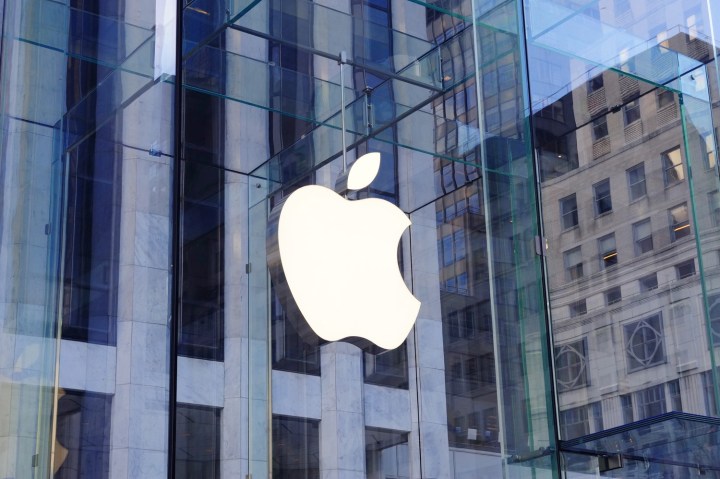
Those aren’t the only tantalizing hints Conroy managed to uncover. He found filings for an “Apple Iris Image Engine” and “Apple Iris Image Engine” — potentially a reference to Apple’s research in facial recognition — and an “Apple Smart Button,” a possible name for the rumored touch-sensitive iPhone home button.
“Apple Touch Bar,” meanwhile, could refer to the reported OLED touchscreen panel on Apple’s soon-to-be-refreshed MacBook Pro series of laptops. And some of the trademarks are a bit more ambiguous in nature, like “Apple Swift Labs,” Apple Breath,” “Apple Smart View,” “Apple Progress Card,” “Apple Rich Links,” “iBooks Storytime,” and “Control Strip.”
The exhaustive report follows the recent discovery of several AirPods trademarks tied to Apple. 9to5Mac uncovered certificates filed at the Urasian Economic Union (EAEU) for AirPods, and in October of last year, MacRumors discovered a copyright application for AirPods filed by a Delaware-based Entertainment in Flight, a company which bares the trademarks of an Apple shell company. According to noted Apple analyst Min-Chi Kuo, the Cupertino company’s likely to debut “premium” Bluetooth earbuds — AirPods — alongside the upcoming iPhone 7, which is expected to lack a 3.5mm headphone jack.
Tracking down the trademarks was anything but straightforward, apparently. Apple traditionally obfuscates its patent dealings in countries like the United States, but Conroy took a novel approach: rather than attempt to identify potential Apple patents by trademark, date, shell company, or signatory, he employed “local agents” to “physically walk into” the trademark offices of “a country” without public digital databases. The hired hands then searched manually for trademarks the Cupertino, California, firm filed over the past several months.
Conroy struck gold. The patent office of the region in question (he wouldn’t divulge the name, but said that Apple had previously used Trindad and Tobago to clandestinely file for trademarks) listed Apple as the applications’ point of origin. The iPhone maker didn’t hide its dealings behind shell corporations, likely because isn’t required for “seniority” — the six-month period during which it gets first dibs on trademarks filed globally after they’ve been publicly announced.
“It’s actually very clever what they do,” Conroy told The Verge. “You effectively have a … window where you can file your trademark application, get priority date, which then gives you a priority globally … and nobody can search it.”


